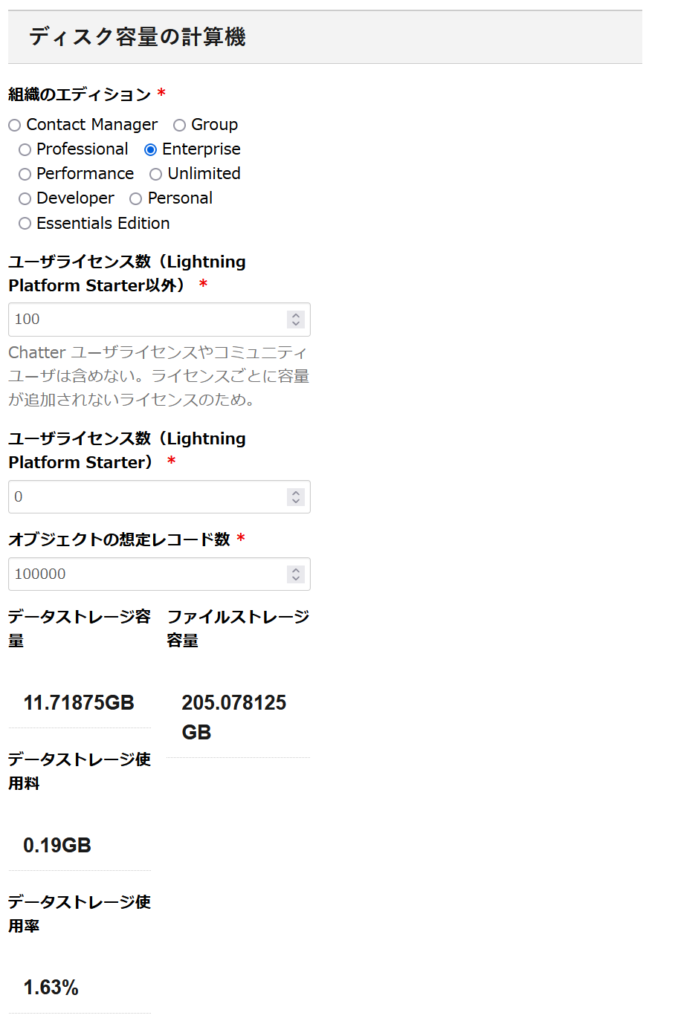Lightning Web ComponentでApex呼び出し方法
■LWCから呼び出せるApexメソッド
条件
@AuraEnabledがついていること
staticであること
publicもしくはglobalであること
例)
Apexクラス作成します。
testController
public with sharing class testController {
@AuraEnabled
public static List<test__c> getRecord( String str ){
return [
SELECT
Id,
Name
FROM test__c
Where Name = str
];
}
}
■LWCからApex呼び出し
・Javascript
testLwc.js
import { ShowToastEvent } from "lightning/platformShowToastEvent";
import { CurrentPageReference } from "lightning/navigation";
import getRecord from '@salesforce/apex/testController.getRecord';
export default class testLwc extends LightningElement {
@api recordId;
@wire(CurrentPageReference)
async getStateParameters(currentPageReference) {
//ScreenActionの場合、レコード詳細画面でLightning Web コンポーネントアクション押下時のレコードID取得
this.recordId = currentPageReference.state.recordId;
//Apexクラスメソッド呼び出して、レコード取得
const rows = await getRecords({ recordId: this.recordId }).catch((e) => {
console.error(e);
//dispatchEventメソッドでカスタムイベントをディスパッチし、親コンポーネントに伝達します。
this.dispatchEvent(
new ShowToastEvent({
title: "エラーが発生しました。",
message: e.body.message,
variant: "error",
})
);
});
}
}
・xml
testLwc.js-meta.xml
<?xml version="1.0" encoding="UTF-8"?>
<LightningComponentBundle xmlns="http://soap.sforce.com/2006/04/metadata">
<apiVersion>56.0</apiVersion>
<isExposed>true</isExposed>
<targets>
<target>lightning__RecordAction</target>
</targets>
<targetConfigs>
<targetConfig targets="lightning__RecordAction">
<actionType>ScreenAction</actionType>
</targetConfig>
</targetConfigs>
</LightningComponentBundle>
・html
testLwc.html
<template>
<lightning-quick-action-panel header="test">
ここにモーダルコンテンツを記載する
<div slot="footer">
<lightning-button variant="neutral" label="ボタン1" class="slds-m-left_x-small"></lightning-button>
<lightning-button variant="brand" label="ボタン2" class="slds-m-left_x-small"></lightning-button>
</div>
</lightning-quick-action-panel>
</template>






